Located 3,400m in the Andes mountains, Cusco, Peru, the former capital of the Inca empire, is used by most, as a layover point for thousands of travelers on their way to get the best view of Machu Picchu and the Inca Trail. However, Cusco city has so much to offer including great Day Trips from Cusco. Here is a Cusco Travel Guide to help with your own unique trip.
If you would rather listen to our detailed podcast episode on this subject, check out
Podcast 30: Machu Picchu and Cusco, Peru (Bucket List Journey).
Incan stonework can still be seen in the surrounding buildings throughout the city with a touch of Spanish influence. The winding, steep, inclined, narrow, cobblestone streets of Centro Cusco weave themselves throughout the hillsides of the city, lending themselves better to foot traffic rather than vehicles. Tourists intermixed with the locals, stray dogs, and native Peruvians all gravitate towards the Plaza de Armas. The smell of BBQ in the air, the sounds of car horns from the taxi cabs, girls soliciting massages for 40 Sol/ hour, lush shades of green and the Andes mountains in the background…this is Cusco, Peru.
There are many options for dining located throughout the entire city with most of the restaurants and bars concentrated in and around the Plaza de Armas (central square). Local delicacies include “cuy” (guinea pig), varieties of alpaca meat (alpaca burgers, alpaca skewers, etc), maíz (corn), and a variety of potato dishes (Peru has over 3,400 different types of potatoes).
When you arrive, if you plan on visiting the ruins and top tourist sites in and around Cusco, it is highly suggested that you purchase a Boleto Turisto del Cusco (Cusco Tourist Ticket). This ticket can be purchased from any of the city’s municipal tourism sites or a travel agency and allows you to visit the 12 historical/archeological sites in and around Cusco. The cost of the ticket is $130 S/ person ($43 USD) and is good for 10 days from the date of purchase.
Peak tourist season is during June to September, during their winter when it is dry season (rainy season is from November until March). It should be noted that the high elevation of Cusco causes altitude sickness in some travelers. Altitude sickness varies from person to person. Primary symptoms of altitude sickness include a headache (could be confused with dehydration), gastrointestinal disorder (nausea, vomiting, loss of appetite), fatigue, dizziness, weakness, shortness of breath, and rapid pulse.
The best way to avoid altitude sickness when hiking is to ascend SLOWLY. In the case of Cusco, it is suggested to allow your body time to acclimate to the altitude. Eating coca leaves and taking Advil (Ibuprofen) for headaches associated with altitude sickness helps. It is suggested to allow 2 to 3 days for your body to acclimate to the altitude prior to any major hike or trek.
There are many artisan markets in and around Cusco. Know that quality and price of products can vary from market to market. On one of our tours, our guide gave us a breakdown on how to tell the difference between real alpaca products (sweaters, scarves, tapestries, etc.), which tend to be cool to the touch, heavier, softer and warmer vs. a mixture of alpaca and synthetic fibers and/ or cotton blend.
She also explained how to tell if the threads of your product are truly colored from natural dyes (plants, roots, insects, flowers, trees, etc.) which lends to your fabrics having a muted color with a longer, lasting color-life vs. being dyed with brightly colored, synthetic dyes (man-made petroleum by-products and earth minerals) causing your fabrics to fade over time and appear fluorescent in color.
Getting to Cusco is a little difficult depending on where you are coming from. We came from Antofagasta, Chile. We could not find an easy bus route from Antofagasta or Santiago, Chile so we took a bus from Antofagasta, Chile to Arica, Chile using Turbus. The cost was $23,000 CLP/ person ($35 USD) and the trip took 11 hours.
Once in Arica bus station, there are 2 options to cross the Chilean/ Peruvian border by road transport. You can either choose a taxi or a “colectivo”. A “colectivo” is similar to a taxi but it is a shared taxi that consists of a driver and 2 additional persons that sit in the front seat and 3 persons in the back seat (6 persons total including the driver), it is cheaper than the taxi option.
Each person must first pay a fee of 35 CLP/ person ($0.05 USD) at the main “colectivo” station “window” that allows the driver to take you across the border. The attendant will hand you a ticket that gives a “colectivo” driver “permission” to take you across the Chilean/ Peruvian border. You find a driver, give him/ her your passport along with your recently purchased “permission” ticket, and pay the driver an additional $4,000 CLP/ person ($6 USD). The driver will then take your passport to the main office and fill out a Peruvian entrance ticket with your information from your passport that will allow you to enter Tacna, Peru.
The process is actually quite amazing. The gentleman that drove us was very helpful and helped us the entire way. He took us through each checkpoint, the first being border patrol leaving Chile, the second entering border patrol in Tacna, Peru and the final destination was the bus station in Tacna, Peru where he dropped us off with our bags. The entire trip from start to finish (“colectivo” station to Tacna bus station) lasted approximately 1.5 hours. Once in Tacna, we stayed the night in an Airbnb then caught a flight to Lima, Peru the next morning then a connecting flight to Cusco, Peru.
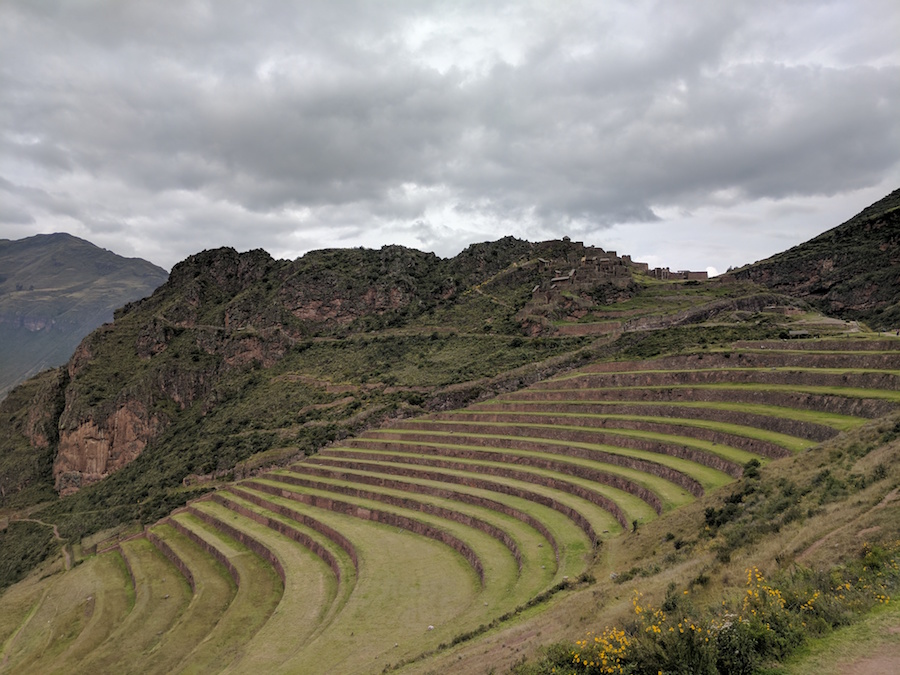
Transportation in and around Cusco is very easy and safe. The main mode of transportation is taxis. Taxi fare around centro costs around 3 S/ ride ($0.92 USD). Once you get outside the main centro the price goes up a sole or two. We stayed about a 2-mile walking distance from the main centro and the maximum price we paid for a taxi was 6 S/ ride during an evening ride from a pub back to our Airbnb ($1.85 USD). Just remember to always give the address of your final destination to your taxi driver and ask how much your ride is going to cost you prior to entering the taxi, “Cuanto cuesta?” (if your Spanish speaking capabilities are not good, you can always write down your address and hand it to your taxi driver).
There are taxi drivers everywhere in Peru. You can very easily hail a taxi from the main centro, in front of the supermercados (supermarkets), hotels, and main tourist attractions by simply reaching your hand out in the air as you would in the States. You can also easily obtain a taxi cab as you are just walking down the side of the street; you will hear the taxi drivers honking their horns at you as they drive by. Usually, this is an indication to you that they are available to drive you or this may be a warning to you or others around you to move out of their way as some streets in Peru are very narrow and crowded with tourists and stray dogs.
Is it safe to travel to… Yes! Cusco is a very safe city, walking in and around Cusco is the best way to see the city and see all the little side streets, stores, restaurants, and artisan stands the city has to offer. As always follow common sense rules; be alert and organized, stay in main tourist areas, watch your valuables if you have them on you, and if you have been drinking alcohol take a taxi home instead of walking home.
Travel Tip: We are big fans of Tactical Pens! I first read about it in the book Spy Secrets that can Save Your Life as we were preparing for our travels. Even though Cusco is a safe city, we always had our Tactical Pens on us. Luckily there was no reason to use them besides writing notes. Find this and other tips on our Travel Tools page.
Accommodation in Cusco is offered in every price range. From 5-star luxury hotels (located mainly in the centro area) to budget hostels and many Airbnb options, Cusco is a tourist’s dream destination when it comes to lodging options. We chose to stay in an Airbnb via a host family that provided us a private room and private bathroom. This option really provided us the best of both worlds as we were able to have our own privacy yet acquire valuable knowledge about the city of Cusco, learn about the Peruvian culture, practice our Spanish with the family, and live in a safe environment.
One of the members of our host family, Carlos, was a professional driver that took us to many of the Inca ruins, local sites, and hidden gems of the city that we were completely unaware of. Carlos spoke fluent Spanish and wanted to work on his English speaking skills so we had many great conversations during our many drives with him in the car.
Things to do in Cusco:
San Pedro Market– Fruit, nuts, fresh bread, freshly squeezed juices, meat, cheeses, fish, fish eggs, cow (horse? donkey?) snouts, unnamable foods… flowers, clothing, artisan crafts, you name it…the market has it. There are vibrant, eye-catching colors everywhere.
Plaza de Armas- The main square of Cusco and considered the starting point for many of the visiting tourists. The square itself is surrounded by many hotels, restaurants, shops, hostels, and cathedrals. The atmosphere around the plaza is vibrant and buzzing with passersby… it is a great place to grab a bench and people watch.

Visit Qorikancha (Temple of the Sun)- This temple used to be the most important place in all of Cusco. The temple was dedicated to the Sun God, Inti, and its walls and floors were previously adorned with gold. When the Spanish captured the Incan leader, he offered the rooms full of gold in exchange for his life.
Today, one can still see the constructs of the Inca walls inside the temple that have withstood the Spanish conquests and devastating earthquakes over time. You can also visit the Roman Catholic Church of Santo Domingo which sits on top of Qorikancha. The church took over a century to build and has housed thousands of priests.
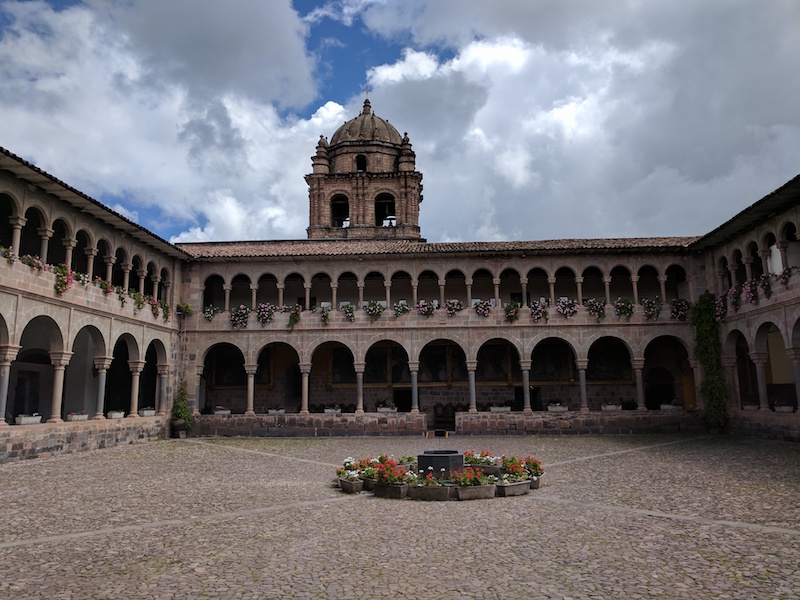
Visit Sacsayhuaman- This fortress was created by the Killke culture before it was eventually occupied by the Incas. The fortress sits on top of a hill and overlooks the city of Cusco at over 3,700 meters. Because of its high location above the city of Cusco, this fortress once served as an important military battleground in which the Incas were able to maintain control over the city of Cusco. The stone walls built by the Incas were put in place with no mortar and the highest walls measure 6 meters (19.7 feet) in height and 400 meters (1,312 feet) in length.
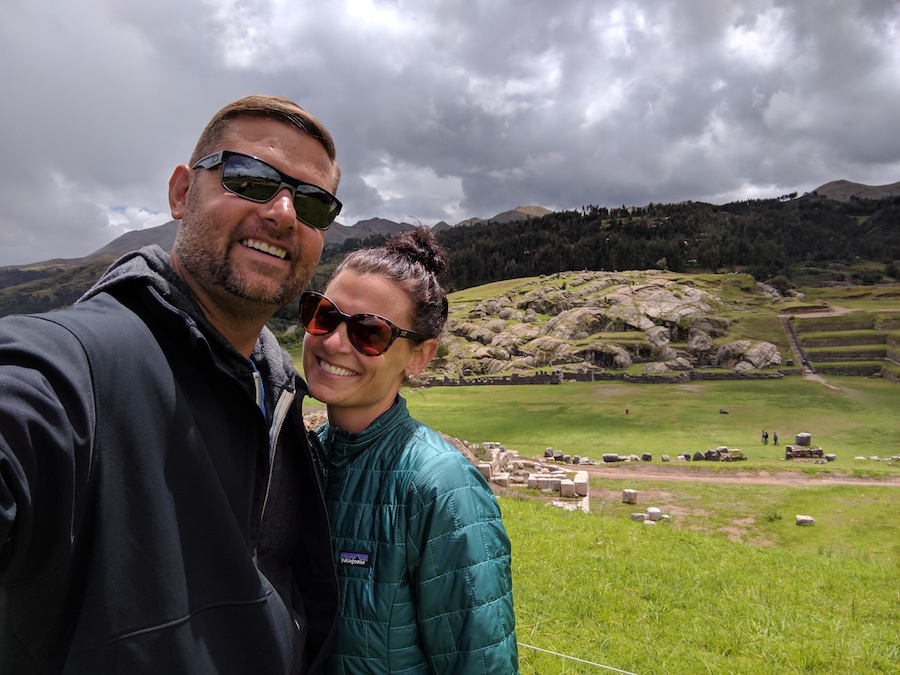
Climb to the top of Cristo Blanco (“White Jesus”)- A large statue of Jesus Christ, located on top of Pukamoqo Hill, towering 8 meters (26 feet) over the city of Cusco, depicts Christ extending his arms outwards; very similar to Rio de Janeiro Brazil’s, Christ the Redeemer Statue. The statue is located approximately a 10-minute walk from Sacsayhuaman and the hike to the top of Pukamoqo Hill takes about 5 minutes.
The hike itself to the top of the hill is easy. The view from the top of Pukamoqo Hill provides a panoramic view of Cusco’s main square. At nighttime, Cristo Blanco glows brightly above the city of Cusco and can be seen from various viewpoints below.
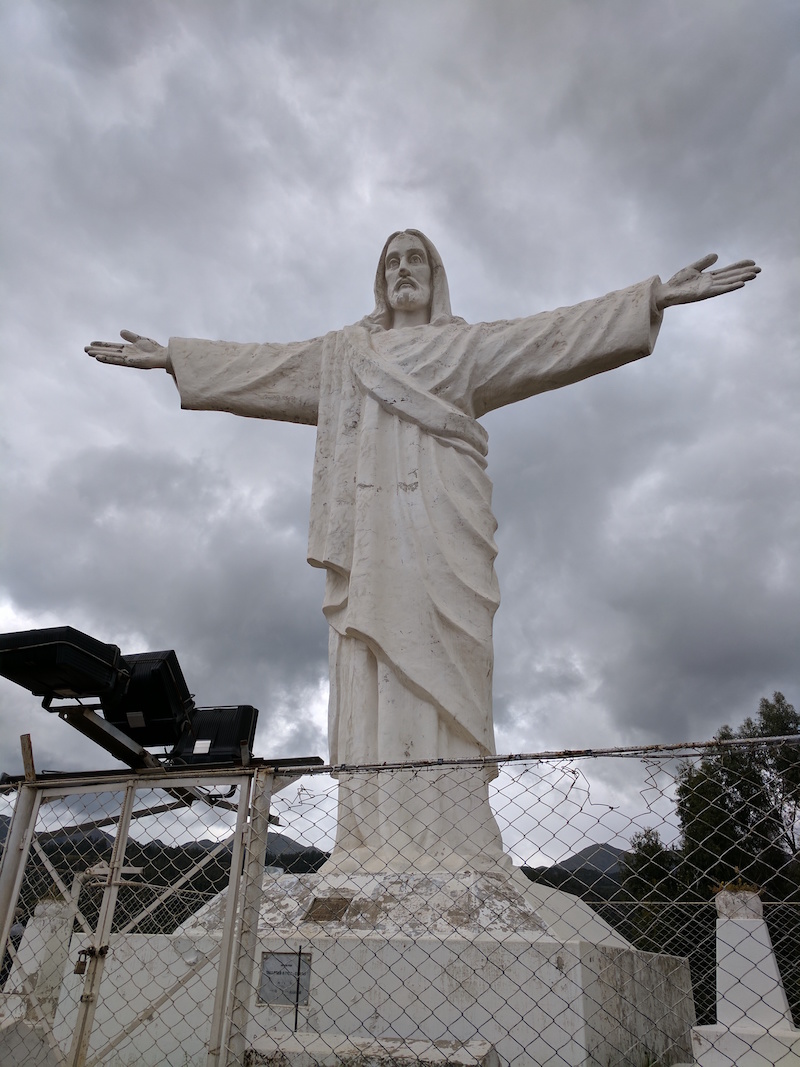
Drink a beer at Paddy’s Irish Pub- Located on the corner of Plaza de Armas, this Irish Pub is the “highest Irish-owned pub” in the world at an elevation of 3,400 meters (11,156 feet). The pub offers many Irish “staples” such as Guinness, Jameson Whiskey, and Irish coffees and ales.
We visited the pub to watch the NCAA Final Four games! As you can imagine there are many travelers that come to visit this pub from all over the world…we met several people like us trying to catch a glimpse of the game before they headed off to their long hiking journeys.
Dine at A Mi Manera- This quaint little restaurant located near Plaza de Armas offers traditional Peruvian and South American Cuisine. The restaurant also has many vegetarian-friendly options. The staff is very friendly and the service is great. The food was absolutely delicious. We had the Duo de Causitas (a potato terrine with cheese and chili peppers) to start and for our entrees we chose the Papardelles Cariñosos (homemade pasta stir fried with baby vegetables, chilis, and peppers) and the Curry de Verduras (vegetable yellow curry with coconut cream, fruits, and white rice).
The restaurant also has an extensive wine and cocktail list to choose from. To go along with our meal, we chose a half bottle of Peruvian wine, Tacama Gran Tinto, Malbec. I highly recommend this restaurant if you are looking for a nice place to have a great meal, relax, and enjoy the amazing decor that the restaurant has situated throughout their restaurant.
Visit the Artisan markets- You can find yourself THE most amazing sweater or scarf made from alpaca!
Traveled April 2017

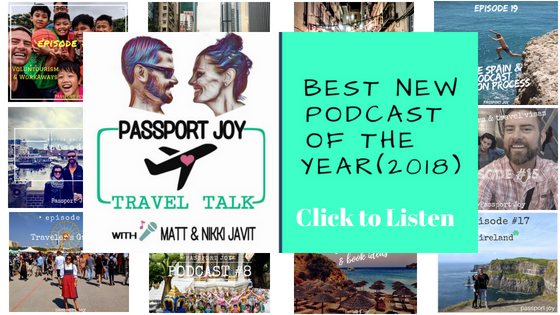


Leave a Reply